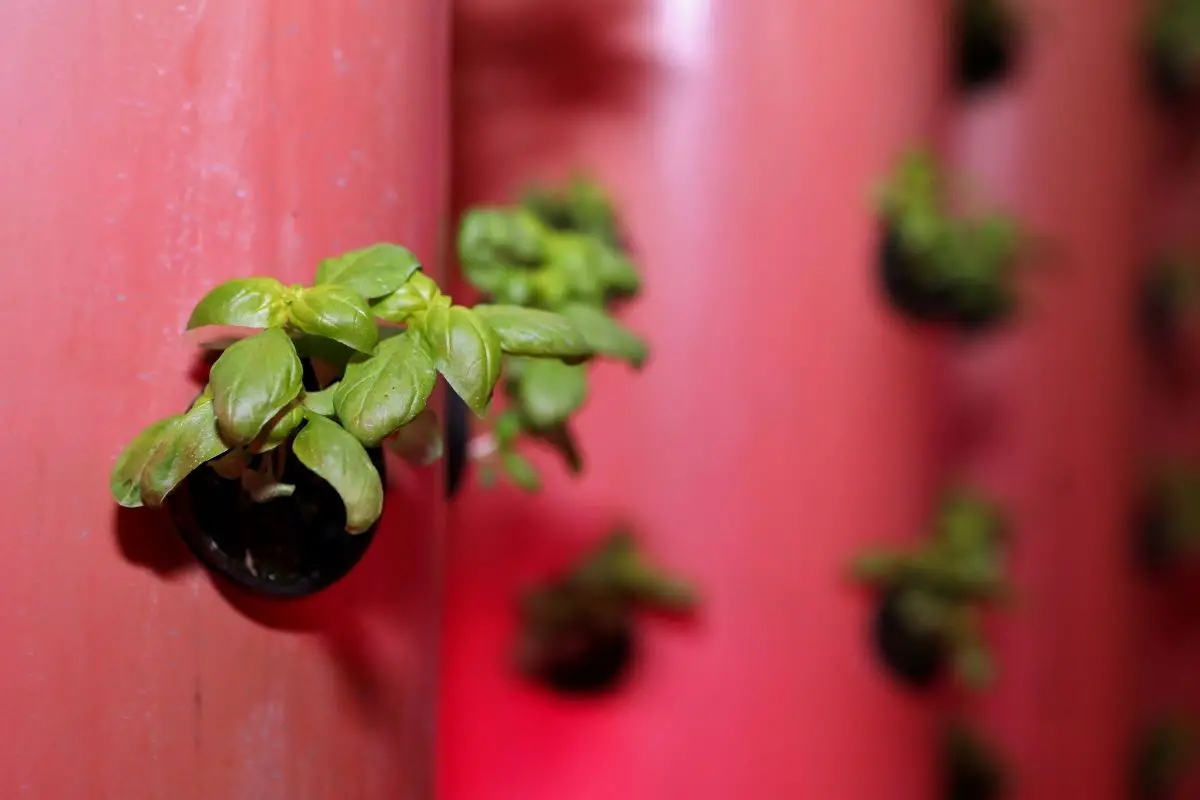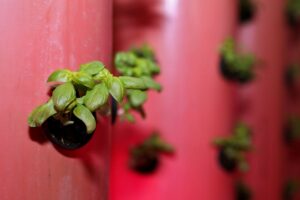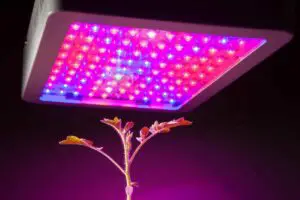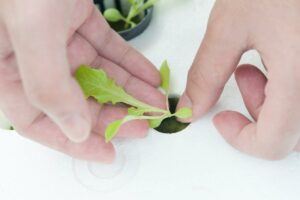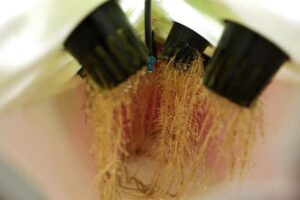When we think about growing plants, we usually imagine growing them in soil.
But did you know that it’s entirely possible to grow plants without soil using ultrasonic fogger aeroponics?
It all sounds very technical but the concept is very simple; a method of growing plants using water as well as recreating a humid environment such as a rainforest.
Sometimes just called fogponics, this unique way of growing plants is changing the way we garden. If you’re new to the idea, don’t worry.
As We’ve Mentioned – It’s not as scary as it sounds and in this guide, we will explain everything you need to know.
What Is Ultrasonic Fogger Aeroponics?
You will sometimes hear people calling an ultrasonic fogger aeroponics system, fogponics and for the purposes of this article, we’ll use this term.
Fogponics is a form of aeroponics only slightly more advanced. The system allows you to grow plants without the need to soil. Instead various pieces of equipment play the part of soil.
These systems rely on tiny water atoms which are only around 5 microns in size.
This allows you to create a fog as opposed to a mist which is seen in normal aeroponics systems.
Within this fog, there is water but this isn’t the only element as the fog also contains a number of important nutrients that are essential to the plants’ growth.
The roots of the plants absorb the moisture and therefore any nutrients within it.
What’s great about fogponics systems is that, owing to the small size of the water droplets, very little damage is done to young roots.
Moreover – These systems are perfect for delicate or sensitive plants that may otherwise become damaged or weakened.
When using a regular aeroponics system that produces mist, there is still a risk of root damage.
How Do These Systems Work?
One of the most important things to keep in mind when using a fogponics system is that your system will produce water and nutrients; two things that plants absolutely need to thrive.
The plants are suspended which allows the fog to reach the roots. Underneath your plants, there will be a series of foggers which are connected to an electricity supply.
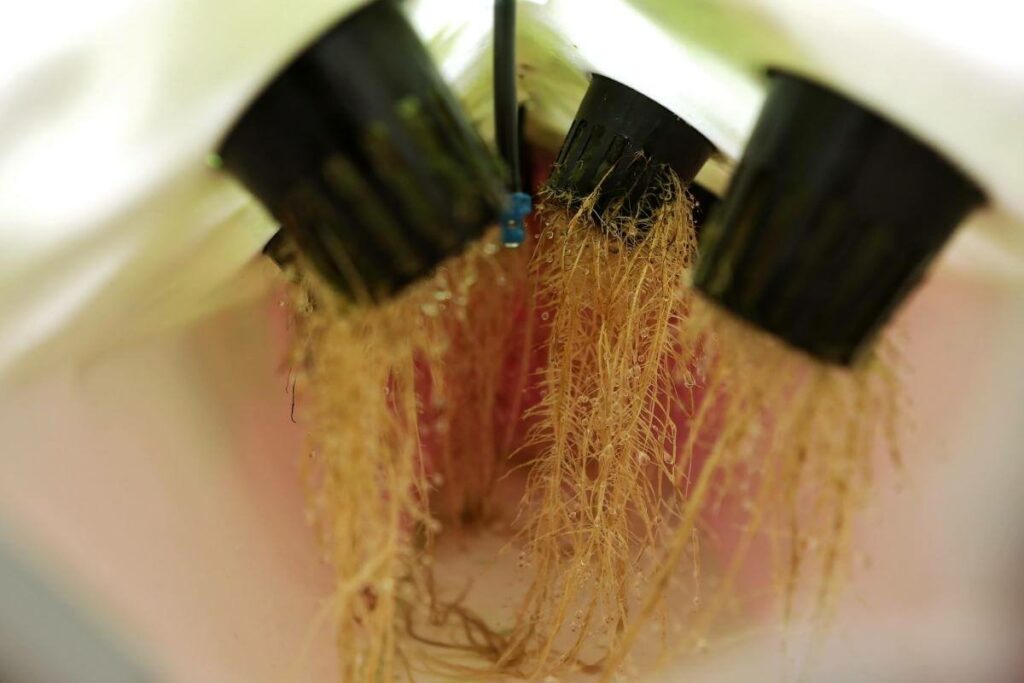
These produce the nutrient rich fog needed by the plants for survival.
Without a fogger, it wouldn’t be a fogponics system but just a regular aeroponics system.
But how do you get the nutrients into the water?
It’s Simple – When you add water to the system, you need to also add in an amount of liquid fertiliser. It is possible to use solid fertilizers but this does require a little extra work as you will have to make sure that they are fully dissolved.
What Are The Pros And Cons Of An Ultrasonic Fogger Aeroponics System?
As with any system, there are pros and cons to fogponics which you should be aware of before making a decision as to whether to use this system.
Let’s take a look at them now.
Pros
One of the main pros of the fogponics system is that the droplets are incredibly small. This means that you get much better coverage than you would using any other type of system.
As we mentioned earlier, there is very little damage to the roots when using fogponics which makes this a great choice when growing young plants.
Moreover, since the roots are suspended, they have access to much greater levels of oxygen compared to when they grow in soil.
Everything is also contained within a reservoir so it is unlikely that any of the nutrients will be lost to outside sources.
Moreover, in other systems, such as the NFT system, the nutrients are not evenly distributed around the plants so some plants receive more than others.
A fogponics system is excellent because they are so easy to take care of and maintain. They do not require a lot of cleaning since there is only a single unit compared to the many heads of the aeroponics systems.
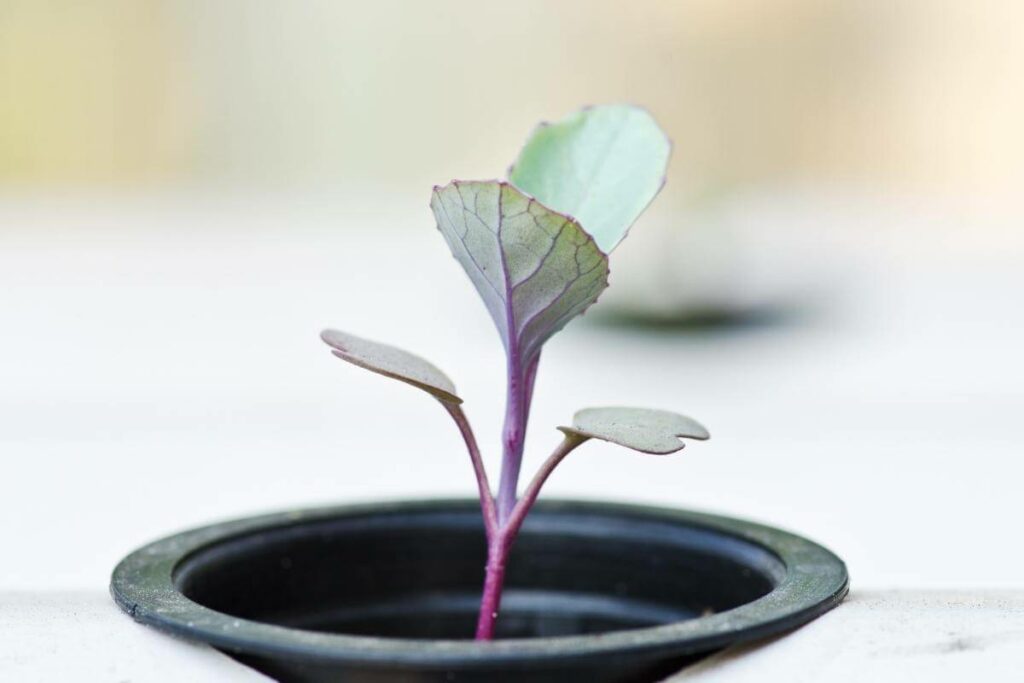
Cons
Now that we understand the pros of a fogponics system, it’s important to note the downsides.
For starters, you have to consider the fact that when your system runs for a longer period of time, this is going to cause heat in the reservoir.
Why is this a problem?
Well, it essentially means that the fog will evaporate which can result in the roots drying out.
This means that you will need to make sure that you keep the temperature down. The best way to achieve this is by using a timer but of course, this does mean an additional investment.
However, if you prefer, you could use something like ice to try to maintain a balance but this involves getting the balance just right.
But regardless of the method you choose for cooling, you’re going to have to invest something as it’s well known that fogponics systems do take quite a lot of money to set up.
Another problem that a lot of users see when using a fogponics system is that there is a build up of salt.
If this is allowed to happen, it can result in blocked foggers so you will need to make sure that you stay on top of cleaning and maintenance.
Finally – And perhaps one of the most obvious downsides to using a fogponics system is that, in the event of a power outage, your system is down.
Your plants’ roots are left exposed and do not sit in water as they would with a traditional hydroponics system meaning that they more heavily rely on the foggers working.
If the power is out for a long time, this will see the roots drying out and your plants not getting the essential nutrients and moisture that they need.
What’s The Difference Between Fogponics And Aeroponics?
If you’ve been thinking about setting up a fogponics system then you may have wondered whether there is much difference between this and an aeroponics system.
They’re both forms of hydroponics but there are some things that set them apart from one another. Before you make a decision, it’s worth knowing these differences.
Keep In Mind – The main difference between the two systems is that a fogponics system produces fog while an aeroponics system creates mist. With an aeroponics system, there is no fogger at all.
You would generally use a fogponics system for smaller plants and cuttings as well as plants that are sensitive for other reasons.
On the other hand, an aeroponics system is better for bigger plants too.
You’ll find that, since the water droplets in a fogponics system are generally smaller, they are better for plants that don’t have quite as many nutrient requirements.
Plants that have higher nutritional needs would benefit more from an aeroponics system.
What Plants Would Benefit From Ultrasonic Fogger Aeroponics?
Knowing the differences between the systems is one thing but we know you’re just hoping to find out which plants you will be able to grow.
It is important to keep in mind that you won’t be able to use a fogponics system for all of your plants. However, the following are all suitable:
- Lavender
- Basil
- Mint
- Parsley
- Oregano
- Dill
- Rosemary
- Chamomile
- Chervil
- Cucumbers
- Beans
- Lettuce
- Chives
- All types of seedlings
How To Install A Fogponics System
Now that you’re ready to get started with your fogponics system, you’ll need to know how to install it.
You’re going to need a few tools if you want to get the most out of your system but once you have all of these, you’ll find it pretty easy to get started:
- Primarily, you will need some kind of reservoir or container large enough for the number of plants in your system, as well as some water.
- You will also need a lid which goes over the container to prevent any fog from getting out. Make sure that there are holes in the lid so you can place the net pot.
- Your net pot needs to be the right size for your system so make this a priority when gathering everything you need. Inside the net pot, you’ll need to place some sort of growing media which could be perlite, vermiculite etc. You’ll then need to put the net pot onto your reservoir in such a way that the roots hang just above the water.
- The best type of food in this situation is a liquid feed which you can add to the water. If you really want to use a powdered version, it is possible but you must make sure it is fully dissolved. There are some that are specifically designed for use with hydroponics systems.
- In order to set your system apart from a regular aeroponics system, you’re going to need an ultrasonic fogger. This is placed into the reservoir.
- You don’t have to have a micro fan but this can be helpful and can better distribute the fog around your plant roots.
- As with growing plants in the soil, you’ll need to keep an eye on the pH levels so having a pH meter is a must. You can also install a pH control kit which will make it so much easier to adjust the pH should you need to.
Conclusion
Growing plants is no mean feat and each type of plant has different requirements.
Fogponics, sometimes called Ultrasonic fogger aeroponics, is an innovative way to grow plants out of the soil using a fogger system that keeps the roots moist and offers nutrients.
